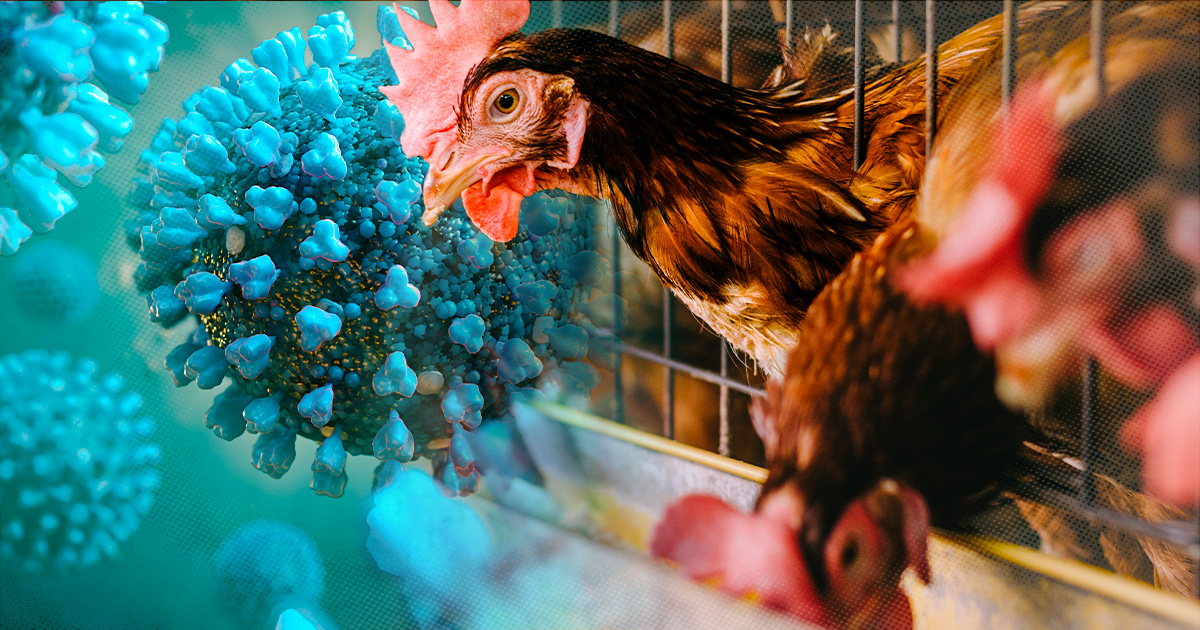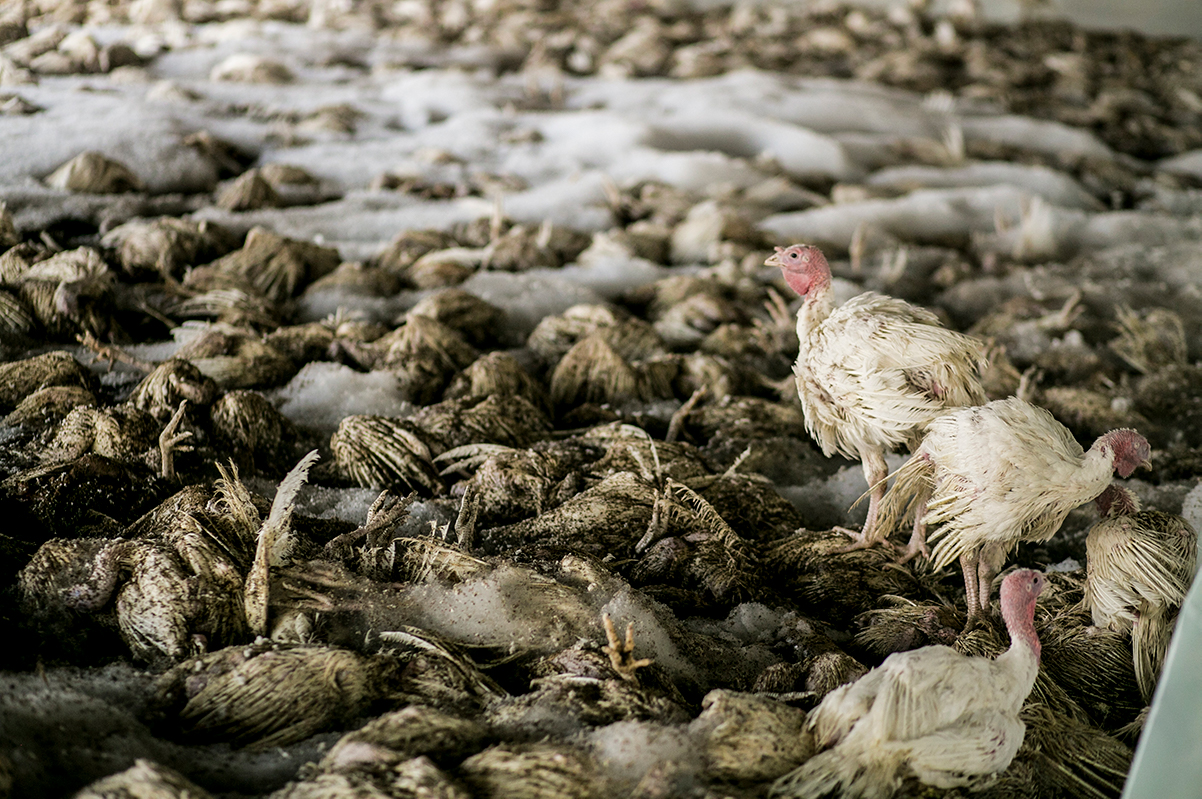Avian Influenza Overview

Avian influenza, commonly known as bird flu, is a contagious viral disease that affects birds. It can cause a wide range of symptoms, from mild respiratory distress to severe illness and death. The virus can be transmitted through contact with infected birds, their bodily fluids, or contaminated surfaces.
Globally, avian influenza outbreaks have had a significant economic impact, leading to the loss of billions of dollars in the poultry industry. In addition, the virus poses a potential threat to human health, as some strains have the ability to infect humans and cause severe respiratory illness.
Strains of Avian Influenza
There are numerous strains of avian influenza virus, classified into two main types: low pathogenic avian influenza (LPAI) and highly pathogenic avian influenza (HPAI). LPAI viruses typically cause mild symptoms in birds, while HPAI viruses can cause severe disease and high mortality rates.
Some HPAI strains, such as H5N1 and H7N9, have been known to infect humans, causing severe respiratory illness and even death. These strains are of particular concern to public health officials due to their potential to cause a pandemic in humans.
Prevention and Control of Avian Influenza

Avian influenza is a highly contagious viral disease that can cause severe illness and death in birds. It can also spread to humans, although human infections are rare. The best way to prevent avian influenza is to keep poultry away from wild birds and to practice good biosecurity measures.
Surveillance and Monitoring Systems
Surveillance and monitoring systems are essential for early detection of avian influenza outbreaks. These systems involve regular testing of poultry for the virus and reporting of any suspected cases to the authorities. Early detection is important to allow for rapid response and containment measures to prevent the spread of the virus.
Biosecurity Measures, Avian influenza
Biosecurity measures are practices that help to prevent the spread of avian influenza from one flock to another. These measures include:
– Restricting access to poultry farms by unauthorized personnel
– Using footbaths to disinfect footwear
– Cleaning and disinfecting equipment and vehicles
– Isolating sick birds
– Disposing of dead birds properly
By following these measures, poultry farmers can help to reduce the risk of avian influenza outbreaks and protect their flocks from the virus.
Public Health Implications of Avian Influenza
Avian influenza, also known as bird flu, is a viral infection that can affect both birds and humans. While most avian influenza viruses do not infect humans, some strains have the potential to cause severe illness in people.
One of the most well-known strains of avian influenza is the H5N1 virus. This virus has caused several outbreaks of avian influenza in poultry and wild birds around the world, and it has also been known to infect humans. In humans, H5N1 can cause a range of symptoms, including fever, cough, sore throat, muscle aches, and fatigue. In severe cases, H5N1 can lead to pneumonia, respiratory failure, and even death.
There is no specific treatment for avian influenza, but antiviral medications can be used to reduce the severity of symptoms. There is also no vaccine available to protect humans from avian influenza, but there are several vaccines available to protect poultry.
The best way to reduce the risk of human exposure to avian influenza is to avoid contact with infected birds or their droppings. People who work with poultry or wild birds should take precautions to protect themselves from infection, such as wearing gloves and masks. It is also important to cook poultry and eggs thoroughly before eating them.
Guys, avian influenza is a serious issue, but let’s not forget about the excitement of the home run derby. I’m not a baseball expert, but I’m sure the home run derby odds are going to be crazy. Back to avian influenza, we need to take precautions to protect our poultry and ourselves.
Avian influenza is a highly contagious viral disease that can affect both poultry and humans. The virus can be spread through contact with infected birds or their bodily fluids. One notable case of avian influenza was the outbreak in Chile in 2002, which led to the death of millions of chickens.
The Chilean government implemented strict measures to control the outbreak, including a nationwide ban on poultry farming. The outbreak was eventually brought under control, but it had a significant impact on the Chilean poultry industry. However, avian influenza is still a threat to poultry flocks around the world, and it is important to take steps to prevent its spread.
More information about avian influenza can be found on the website of the santiago arias , which provides comprehensive information on the disease and its prevention.